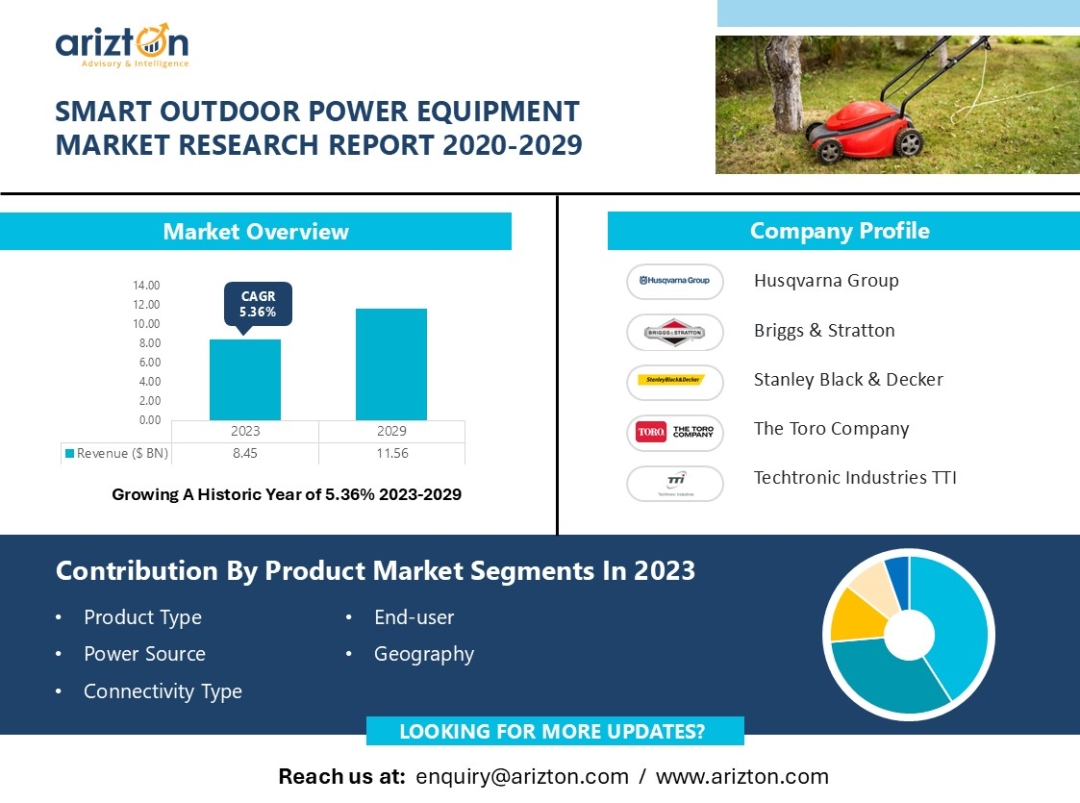“Small Cell Lung Cancer market report 2034”
The Small Cell Lung Cancer market growth is driven by factors like increase in the prevalence of Small Cell Lung Cancer, investments in research and development, entry of emerging therapies during the study period 2020-2034.
The Small Cell Lung Cancer market report also offers comprehensive insights into the Small Cell Lung Cancer market size, share, Small Cell Lung Cancer epidemiology, emerging therapies, market drivers and barriers, ongoing clinical trials, key collaboration in the space, market uptake by key therapies and companies actively pushing Small Cell Lung Cancer market size growth forward.
Recent Breakthroughs in the Small Cell Lung Cancer Market:
-
In December 2024, Xcovery Holdings, Inc. announced that the U.S. Food and Drug Administration has approved ensartinib (Ensacove) for treating patients with anaplastic lymphoma kinase (ALK)-positive locally advanced or metastatic non-small cell lung cancer (NSCLC). This approval represents a significant step forward in offering a new first-line treatment option for patients with ALK-positive NSCLC.
-
In September 2024, AbbVie filed a biologics license application (BLA) with the FDA, requesting accelerated approval for telisotuzumab vedotin (Teliso-V) to treat patients with previously treated nonsquamous non-small cell lung cancer (NSCLC) that shows c-Met protein overexpression.
Some of the key highlights from the Small Cell Lung Cancer Market Insights Report:
-
Several key pharmaceutical companies, including Ipsen Biopharmaceuticals, Bristol-Myers Squibb, Xcovery Holding Company, EpicentRx, Amgen, and others, are developing novel products to improve the Small Cell Lung Cancer treatment outlook.
-
According to DelveInsight, the Small Cell Lung Cancer (SCLC) market is expected to experience significant growth between 2024 and 2034, driven by the introduction of new therapies and a rise in the number of cases. Lung cancer affects over 200,000 people annually in the United States and an estimated 2.3 million globally. Small Cell Lung Cancer accounts for 10% to 15% of lung cancer cases. The 5-year relative survival rate for individuals with SCLC in the U.S. is 8% for women and 6% for men.
-
Treatments for SCLC include IMFINZI (durvalumab) for extensive-stage SCLC and ZEPZELCA (lurbinectedin) for metastatic cases. Approximately 25% of individuals with limited-stage SCLC can be cured with timely chemotherapy and radiation therapy. The long-standing treatment approach involves platinum etoposide, with topotecan serving as a second-line option for those who respond well to platinum-based therapies. Although topotecan has a response rate of around 20%, its survival benefit is limited compared to the best supportive care.
-
The number and effectiveness of SCLC treatments remain far behind those for non-Small Cell Lung Cancer, which has seen significant advancements in targetable therapies and better responses to immunotherapy. Recently, immunotherapy has shown promise for SCLC, but challenges regarding toxicity and efficacy remain, and additional treatment options are needed to address the disease’s various subtypes. Key companies such as Ipsen Biopharmaceuticals (Onivyde), Bristol-Myers Squibb (BMS-986012), Xcovery Holding Company (Vorolanib), EpicentRx (RRx-001), and Amgen (AMG 757) are advancing their lead candidates through various stages of clinical development.
-
In 2023, it is estimated that there will be approximately 238,340 new cases of lung cancer in the United States, with 117,550 cases in men and 120,790 cases in women. The statistics typically include both Small Cell Lung Cancer (SCLC) and Non-Small Cell Lung Cancer (NSCLC). SCLC accounts for about 10% to 15% of all lung cancers, while NSCLC makes up approximately 80% to 85%.
-
In the U.S., Small Cell Lung Cancer is slightly more common in women (14%) than in men (13%). The risk of developing lung cancer increases with age, and both men and women are most likely to be diagnosed with Small Cell Lung Cancer between the ages of 75 and 79.
-
In the UK, around 15% to 20% of all lung cancer diagnoses are Small Cell Lung Cancer, which is primarily caused by smoking. This type of cancer tends to spread early in its progression.
-
The total Small Cell Lung Cancer market size will include the market size of the potential upcoming therapies and current treatment regimens in the seven major markets.
-
As per DelveInsight analysis, the Small Cell Lung Cancer market is anticipated to witness growth at a considerable CAGR
Strategise your business goals by understanding market dynamics @ Small Cell Lung Cancer Market Landscape
Small Cell Lung Cancer Overview
Small Cell Lung Cancer (SCLC) is an aggressive type of lung cancer marked by rapid, uncontrolled cell growth in the lungs. This leads to tumor formation, and the cancer can spread (metastasize) to other parts of the body. The main risk factor is tobacco use, with nearly all affected individuals being smokers or having a smoking history. Symptoms can differ between individuals, and there are typically no symptoms in the early stages of the disease.
If lung cancer is suspected, doctors will recommend imaging tests, such as CT, PET, or MRI scans, to detect any abnormalities in and around the lungs. Additionally, they may collect a mucus sample to check for cancer cells. If cancer is found during these initial tests, a biopsy can be done by inserting a needle or making a small incision in the chest to remove a tissue sample for further examination. Another commonly used method for visualizing and obtaining lung tissue is bronchoscopy.
Do you know the treatment paradigms for different countries? Download our Small Cell Lung Cancer Market Sample Report
Small Cell Lung Cancer Epidemiology Segmentation
DelveInsight’s Small Cell Lung Cancer market report is prepared on the basis of epidemiology model. It offers comprehensive insights to the Small Cell Lung Cancer historical patient pools and forecasted Small Cell Lung Cancer patients. The report provides in-depth data of various subtypes and for the same epidemiology is segmented further. The Small Cell Lung Cancer Market report proffers epidemiological analysis for the study period 2020-32 in the 7MM segmented into:
-
Small Cell Lung Cancer Prevalence
-
Age-Specific Small Cell Lung Cancer Prevalence
-
Gender-Specific Small Cell Lung Cancer Prevalence
-
Diagnosed and Treatable Cases of Small Cell Lung Cancer
Visit for more @ Small Cell Lung Cancer Epidemiological Insights
Small Cell Lung Cancer Treatment Market
Over the past three decades, there has been limited progress in improving survival rates for patients with Small Cell Lung Cancer (SCLC). The prognosis for these patients remains poor due to the disease’s rapid cell division, early and widespread metastasis, and resistance to chemotherapy.
Treatment options for SCLC depend on factors such as the cancer stage, the patient’s overall health, and their preferences. Common treatments include surgery, chemotherapy, radiation therapy, and immunotherapy. The choice of treatment is influenced by the stage of the disease, symptoms, patient age, growth rate of the tumor, and the likelihood of recurrence, which may require additional therapies. The standard chemotherapy regimen typically involves Etoposide or Irinotecan combined with a platinum-based drug like Cisplatin or Carboplatin. For limited-stage SCLC, chemotherapy and radiation therapy are given together, while patients with extensive-stage cancer may first receive chemotherapy, often in combination with immunotherapy.
Recent advancements in immunotherapy have brought new treatment options. Anti-PD-1 agents like nivolumab (Opdivo), pembrolizumab (Keytruda), atezolizumab (Tecentriq), and durvalumab have been approved for first-line treatment. In second-line treatment, lurbinectedin has been approved, and trilaciclib has been approved to prevent chemotherapy-induced myelosuppression. However, in 2021, nivolumab and pembrolizumab’s approval for later-stage treatment was withdrawn, though they are still used alongside chemotherapy and other immune therapies.
Ongoing research is exploring novel agents that could transform the treatment landscape for extensive-stage SCLC, similar to the advancements in non-Small Cell Lung Cancer (NSCLC). Immune checkpoint inhibitors and immunotherapy are offering new hope for SCLC patients. As biomarker research progresses, it may lead to improved outcomes for SCLC patients, aligning more closely with those seen in NSCLC patients.
Key companies like Ipsen Biopharmaceuticals, Bristol-Myers Squibb, Xcovery Holding Company, EpicentRx, and Amgen are advancing their candidate therapies through various stages of clinical trials to treat SCLC.
Small Cell Lung Cancer Marketed Drugs
Small Cell Lung Cancer Emerging Drugs
Small Cell Lung Cancer Key Companies
-
Bristol-Myers Squibb
-
Merck
-
AstraZeneca
-
PharmaMar
-
EpicentRx
-
And others
For more information, visit Small Cell Lung Cancer Market Analysis, Patient Pool, and Emerging Therapies
Scope of the Small Cell Lung Cancer Market Report:
-
11 Years Forecast
-
7MM Coverage
-
Descriptive overview of Small Cell Lung Cancer, causes, signs and symptoms, diagnosis, treatment
-
Comprehensive insight into Small Cell Lung Cancer epidemiology in the 7MM
-
Small Cell Lung Cancer marketed and emerging therapies
-
Small Cell Lung Cancer companies
-
Small Cell Lung Cancer market drivers and barriers
Table of Contents:
1 Small Cell Lung Cancer Market Key Comprehensive Insights
2 Small Cell Lung Cancer Market Report Introduction
3 Competitive Intelligence Analysis for Small Cell Lung Cancer
4 Small Cell Lung Cancer Market Analysis Overview at a Glance
5 Executive Summary of Small Cell Lung Cancer
6 Small Cell Lung Cancer Epidemiology and Market Methodology
7 Small Cell Lung Cancer Epidemiology and Patient Population
8 Small Cell Lung Cancer Patient Journey
9 Small Cell Lung Cancer Treatment Algorithm, Small Cell Lung Cancer Current Treatment, and Medical Practices
10 Key Endpoints in Small Cell Lung Cancer Clinical Trials
11 Small Cell Lung Cancer Marketed Therapies
12 Small Cell Lung Cancer Emerging Therapies
13 Small Cell Lung Cancer: 7 Major Market Analysis
14 Attribute analysis
15 Access and Reimbursement Overview of Small Cell Lung Cancer
16 Small Cell Lung Cancer Market Key Opinion Leaders Reviews
18 Small Cell Lung Cancer Market Drivers
19 Small Cell Lung Cancer Market Barriers
20 SWOT Analysis
21 Disclaimer
22 DelveInsight Capabilities
23 About DelveInsight
Related Reports:
Small Cell Lung Cancer Epidemiology 2034
DelveInsight’s “Small Cell Lung Cancer – Epidemiology Forecast to 2034” report delivers an in-depth understanding of the disease, historical and forecasted Small Cell Lung Cancer epidemiology in the 7MM, i.e., the United States, EU5 (Germany, Spain, Italy, France, and the United Kingdom), and Japan.
Small Cell Lung Cancer Pipeline 2024
“Small Cell Lung Cancer Pipeline Insights, 2024” report by DelveInsight outlines comprehensive insights of present clinical development scenarios and growth prospects across the Small Cell Lung Cancer market. A detailed picture of the Small Cell Lung Cancer pipeline landscape is provided, which includes the disease overview and Small Cell Lung Cancer treatment guidelines.
Media Contact
Company Name: DelveInsight Business Research LLP
Contact Person: Kritika Rehani
Email: Send Email
Phone: 9193216187
Address:304 S. Jones Blvd #2432
City: Las Vegas
State: Nevada
Country: United States
Website: https://www.delveinsight.com/
Press Release Distributed by ABNewswire.com
To view the original version on ABNewswire visit: Small Cell Lung Cancer Market Expected to rise, 2034 | Ipsen Biopharmaceuticals, Bristol-Myers Squibb, Xcovery Holding Company, EpicentRx, Amgen, expected to drive market







